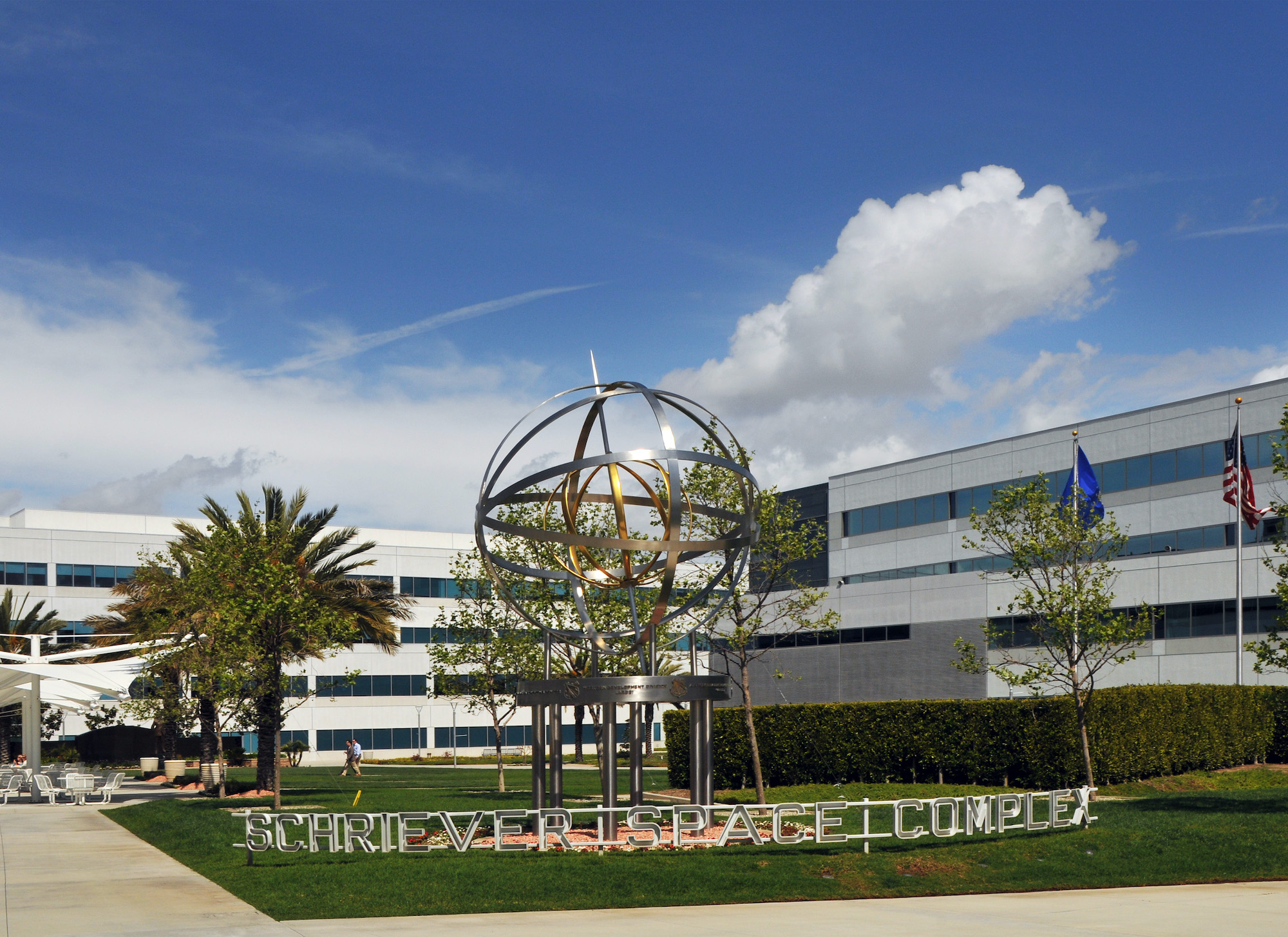Gen. John Raymond said the Space Systems Command will include a mix of legacy and nontraditional procurement offices.
WASHINGTON — Gen. John “Jay” Raymond said the Space Force is close to finalizing the layout of its future acquisitions command, a large organization that will consolidate multiple agencies that currently operate independently.
“Our next big step is the Space Systems Command,” Raymond said Dec. 2. “I just reviewed a design over the last couple of days, and I think next week hopefully they’ll come to me with the final product.”
Raymond spoke at the virtual West Coast Aerospace Conference hosted by the Air Force Association’s Mitchell Institute. He was interviewed by Jamie Morin, vice president of the Aerospace Corp.
Morin asked Raymond to explain how the Space Force plans to bring more technological innovation and fresh thinking into the service’s acquisition programs.
Raymond said the Space Systems Command will include a mix of legacy and nontraditional procurement offices. “I think you’re going to see an organization that has disruptive innovators, prototypers and more traditionals,” he said. The goal is to have “unity of effort, reduced duplication, reduced cost and increased speed.”
Raymond said he is pushing the service to become more creative, innovative and less fearful of taking risks with new technology.
To accelerate innovation and reduce costs “you have to change the business model,” said Raymond. The military can’t take risks using unproven technologies when it buys huge billion-dollar satellites that perform critical tasks, but can take more risks with systems that use cheaper mass-produced satellites that can be more seasily replaced, said Raymond. “I think what you’ll see is a hybrid approach. We’ll have a diversified portfolio.”
In his Space Force “Planning Guidance” document released last month, Raymond said he wants to see “productive disruption.”
“I expect commanders and program managers to accept moderate risk associated with innovation and experimentation to build an agile force,” Raymond wrote.
The future acquisitions command will be run by a three-star general. It will include the Space and Missile Systems Center at Los Angeles Air Force Base. Other organizations that will be merged into the command are the Commercial Satellite Communications Office — a group based in the Washington D.C. area that manages the procurement of commercial satcom for the Defense Department — and portions of the Air Force Research Laboratory’s Space Vehicles Directorate, based at Kirtland Air Force Base, New Mexico.
The Space Force organizations that oversee space launches at Cape Canaveral Air Force Station, Florida, and Vandenberg Air Force Base, California, also will become part of Space Systems Command.
Still unclear is how the Pentagon’s Space Development Agency and the Space Rapid Capabilities Office will be aligned with the new command.
A report released Dec. 2 by the Secure World Foundation criticizes the Space Force for not moving fast enough to consolidate acquistion offices.
“There is general agreement that the current process is too slow and rigid to respond to emerging threats, in part due to the lack of central authority,” the report says. “A study done by the Government Accountability Office in 2017 found more than 60 agencies had some say in space acquisitions, and to date that number has only gone up with the creation of new agencies such as the Space Development Agency and the U.S. Space Force.” The Space Force does not include the space acquisitions of the intelligence community, which will remain separate.
